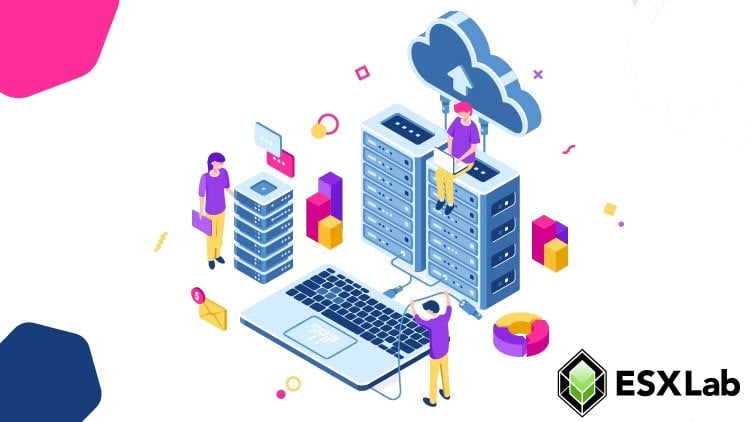Mega Course - vSphere 7.0 VCP-DCV 100% Lab Demos w. Ebook
Learn how to install, configure, administer VMware vSphere 7 with 14+hrs, with 73 hands-on lab demo videos + ebook
4.66 (78 reviews)

982
students
14.5 hours
content
Mar 2025
last update
$64.99
regular price
What you will learn
Install and configure ESXi 7.0 from scratch
Install and configure vCenter Server appliance 7.0 from scratch
Create and configure basic and advanced Standard and Distributed vSwitches
Create, size, deploy and mange Virtual Machines including Hot Plug vHardware
Connect to and use NFS and iSCSI Shared Storage
Work with VMFS volumes including manage capacity and review / set multipathing
Design and implement VMotion and Load Balanced DRS Clusters
Provide 99.99+% VM uptime with VMware High Availability Clusters
Provide 100% VM uptime with VMware Fault Tolerance
Patch and Update ESXi hosts with VMware Lifecycle Manager
Screenshots




Related Topics
4528010
udemy ID
2/1/2022
course created date
2/4/2022
course indexed date
Bot
course submited by